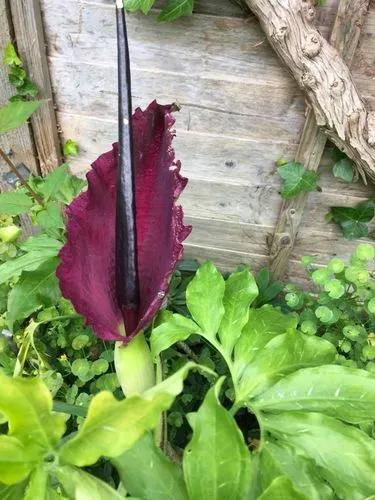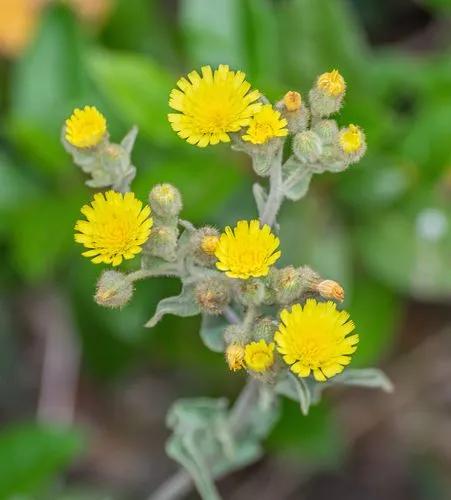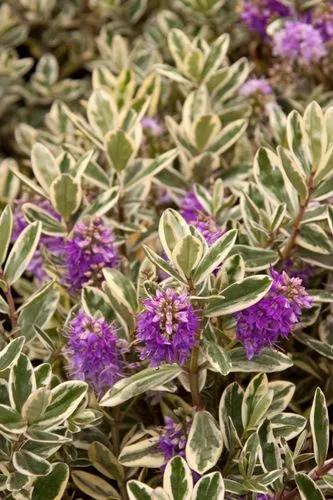Aquilegia canadensis, the Canadian or Canada columbine, eastern red columbine, or wild columbine, is a species of flowering plant in the buttercup family Ranunculaceae. It is an herbaceous perennial native to woodland and rocky slopes.
Red columbine Care
Aquilegia canadensis



Aquilegia canadensis is a Missouri native spring wildflower which occurs in rocky woods, slopes, ledges and open areas throughout the State. Features drooping, bell-like, 1-2", red and yellow flowers (red sepals, yellow-limbed petals, 5 distinctive red spurs and a mass of bushy yellow stamens). Delicate, biternate foliage is somewhat suggestive of meadow rue (Thalictrum) and remains attractive throughout the summer as long as soils are kept moist. Flowers are quite attractive to hummingbirds. Genus name comes from the Latin word for eagle in reference to the flower’s five spurs which purportedly resemble an eagle’s talon. Specific epithet means of Canada or also of north-eastern North America.
How to Care for the Plant

Water

Eastern red columbine facts and general description. columbine is a great spring garden plant to jump start color in your garden. also known as canada columbine, aquilegia canadensis, the numerous lantern-like blooms are attractive and interesting to look upon. i've found them to be adaptable to a large number of environments.

Pruning

Never remove more than a third of the foliage in any one year and to cut just above a node on the stem.

Fertilizer

An organic, balanced, liquid fertilizer once a month during growth period is recommended.

Sunlight

The East window is often considered the best window for houseplants as its cooler than the west window without the dangers of overheating. West windows received full sun for part of the day and bright light for the rest, great for flowering plants.

Soil

Loamy soil, a relatively even mix of sand, silt and clay, feels fine-textured and slightly damp. It has ideal characteristics for gardening, lawns and shrubs. Loamy soil has great structure, adequate drainage, is moisture retaining, full of nutrients, easily cultivated and it warms up quickly in spring, but doesn't dry out quickly in summer.

Temperature

This plant can be grown in the areas with the lowest winter temperatures of −40°C (−40°F).

Container

Here’s a handy guideline: increase pot size by 2.5-5 cm (1 to 2 inches) in diameter for plants that are growing in pots 25.4 cm (10 inches) in diameter or less. For larger plants, those growing in pots greater than 10 inches in diameter, increase the pot size by 5 or 7.62 cm (2 or 3 inches) in diameter.

Popularity

1,706 people already have this plant 303 people have added this plant to their wishlists
Discover more plants with the list below
Popular articles






